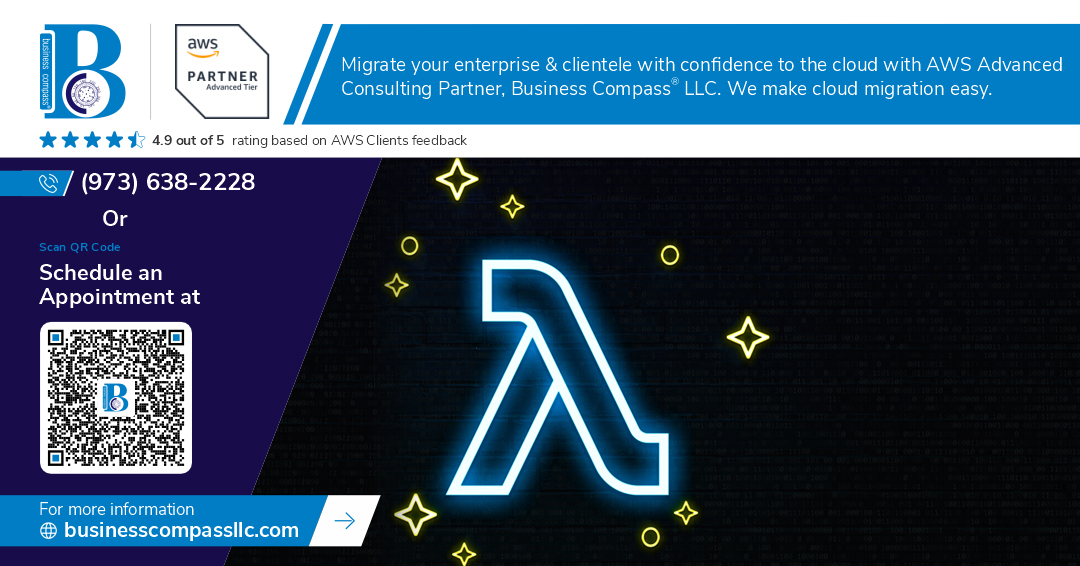AWS Config at Scale: Enforcing Compliance Across Organizations with CloudFormation Lambda Hooks
In modern enterprises, cloud infrastructure grows rapidly, often across multiple AWS accounts and regions. With this growth comes the challenge of maintaining compliance with internal governance and industry regulations. AWS Config, combined with CloudFormation Lambda Hooks, offers a robust and scalable solution to enforce compliance across organizational units in real-time.
This guide explores implementing AWS Config at scale using Lambda hooks, ensuring your infrastructure remains secure, compliant, and consistent.
What Is AWS Config?
AWS Config is a service that enables you to assess, audit, and evaluate the configurations of your AWS resources. It tracks changes, maintains a history, and continuously monitors configurations for compliance against desired baselines.
Key Features:
Resource configuration tracking across all regions
Custom and managed rules for compliance checks
Multi-account, multi-region aggregation
Automatic remediation capabilities
Introducing CloudFormation Lambda Hooks
CloudFormation Lambda Hooks allow developers to run custom logic during resource provisioning. These hooks act as pre-create or pre-update triggers, enabling real-time policy enforcement before a resource is created or modified.
Why Use Lambda Hooks?
Enforce compliance before non-compliant resources are created.
Integrate organizational policies directly into CloudFormation workflows.
Prevent drift from approved configurations.
How AWS Config and Lambda Hooks Work Together
By combining AWS Config with CloudFormation Lambda Hooks, you can intercept resource creation and enforce real-time validation.
Workflow Overview:
A user attempts to create a resource using AWS CloudFormation.
A Lambda hook is triggered (PreCreate or PreUpdate).
The Lambda function validates the request against compliance rules.
If non-compliant, the operation fails with an error message.
Compliant resources are allowed to be created or updated.
AWS Config continuously monitors the resource post-deployment.
Enforcing Compliance Across an Organization
To manage compliance at scale:
1. Use AWS Organizations
Set up a multi-account environment and designate a central management account to deploy AWS Config rules and CloudFormation StackSets across all accounts.
2. Automate Config Rules with StackSets
Use CloudFormation StackSets to simultaneously deploy AWS Config rules (managed or custom) across multiple accounts and regions.
3. Centralized Rule Aggregation
Configure an AWS Config Aggregator to collect compliance data from all accounts for unified visibility.
Real-World Use Case
Imagine an enterprise wants to enforce encryption for all newly created S3 buckets. By deploying a Lambda Hook that validates the BucketEncryption property during stack creation, any stack without this configuration will fail, thus enforcing encryption at the source.
Benefits of This Approach
Proactive Compliance: Block non-compliant resources before they are created.
Scalability: Apply rules across hundreds of accounts automatically.
Central Governance: Monitor and enforce policies from a single pane of glass.
Customizability: Tailor Lambda Hooks for specific regulatory requirements.
Best Practices
Use version control and CI/CD pipelines to deploy Config rules and hooks.
Set up notifications and remediation for failed compliance checks.
Regularly audit compliance status using AWS Config dashboards or third-party tools.
Test Lambda Hooks in a sandbox environment before wide-scale deployment.
Security Considerations
Ensure the least privilege of IAM roles for Lambda execution.
Monitor Lambda execution logs for anomaly detection.
Use AWS CloudTrail to audit usage and changes to Config rules and StackSets.
Conclusion
Organizations can implement a scalable and robust compliance enforcement mechanism by leveraging AWS Config in tandem with CloudFormation Lambda Hooks. This proactive approach not only enhances security and governance but also reduces the operational overhead of manual checks and remediation.
Start small with critical resource types and gradually extend compliance coverage across your cloud estate.

Comments
Post a Comment